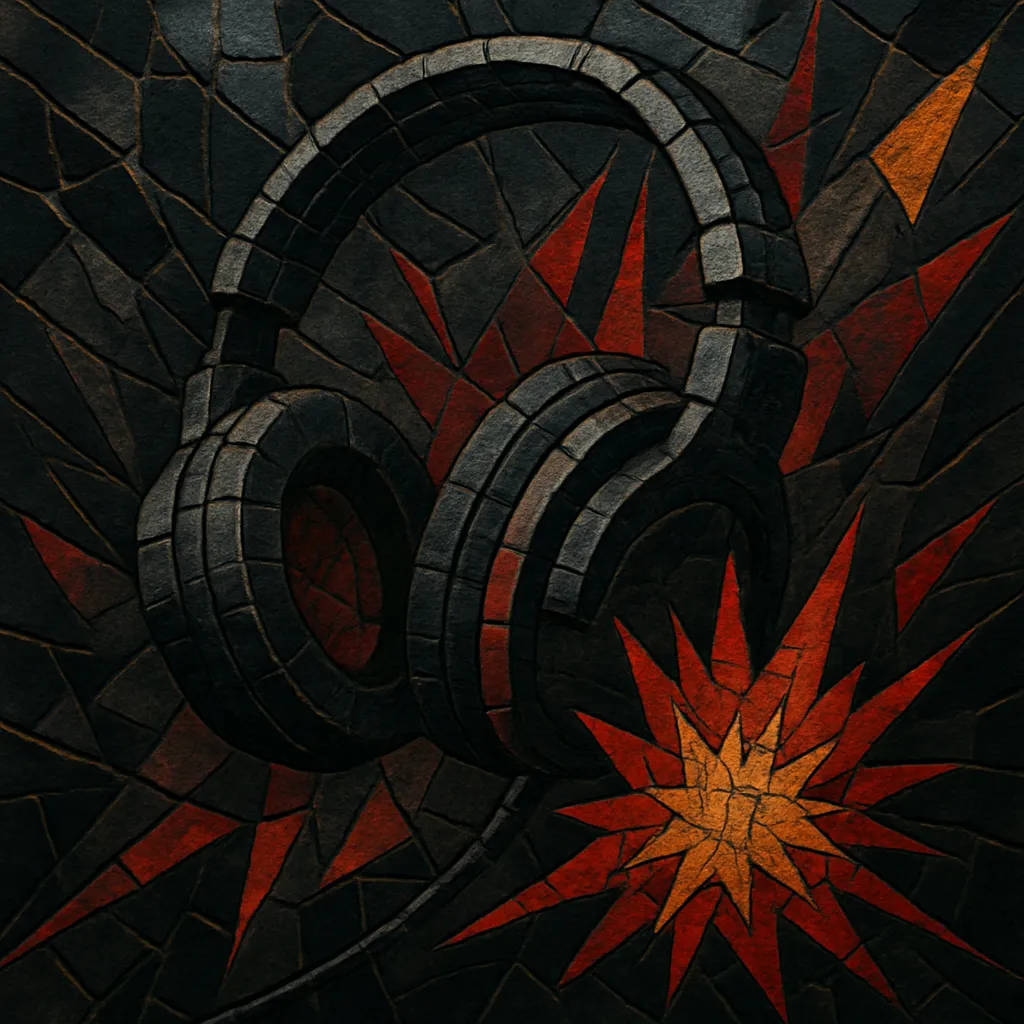Hardcore techno is a high‑tempo, aggressively produced branch of techno characterized by distorted, punchy four‑on‑the‑floor kicks, abrasive sound design, and relentless rhythmic drive. Typical tempos range from about 160 to 190 BPM (and can go even faster in some scenes), creating an intense, physically demanding dance experience.
The style emphasizes saturated 909‑style kick drums with clipped/transient "click" and long distorted tails, industrial textures, harsh stabs (including classic "hoover" tones), alarming FX, and short shouted or sampled vocals. Harmony is sparse and often minor, with dissonant intervals or horror/industrial atmospheres. The overall aesthetic is raw, dark, and functional for large rave systems, designed to evoke catharsis and high energy on the dancefloor.
Hardcore techno coalesced in continental Europe at the turn of the 1990s, when Belgian new beat, European rave, and Detroit/acid techno aesthetics converged. Producers began pushing tempos well beyond standard club speeds and driving the 909 kick into saturation and clipping. A key early milestone is Marc Acardipane’s Mescalinum United track “We Have Arrived” (1990), often cited as a prototype for the genre’s harsh, distorted sound.
The Netherlands—especially Rotterdam—became the scene’s epicenter, with labels such as Rotterdam Records, Mokum, Industrial Strength (NYC but tightly linked to Europe), and PCP (Planet Core Productions) defining the sound. Large‑scale raves and compilation series like Thunderdome spread hardcore across Europe. The style splintered into related streams: gabber (fast, pounding), early/happy hardcore (a brighter, melodic offshoot), and darker industrial‑leaning strains. DJs and crews like DJ Paul Elstak, Neophyte, Lenny Dee, and Rotterdam Terror Corps made the sound a mass movement in the mid‑90s.
As mainstream attention waned in some markets, the underground consolidated around harder and darker variants. New labels and events (e.g., Masters of Hardcore) professionalized the circuit, while producers refined kick design and distortion chains. The 2000s brought “mainstream hardcore” and a renewed international following, with artists like Angerfist taking the sound to large festivals.
The 2010s saw further tempo escalation (uptempo hardcore), Frenchcore’s rise, and crossovers with hardstyle and drum & bass (crossbreed). Modern productions use precise digital clipping, multiband distortion, and cinematic atmospheres. Today, hardcore techno remains a global, festival‑scale culture with a deep lineage—from early Rotterdam grit to contemporary, high‑fidelity brutality.


